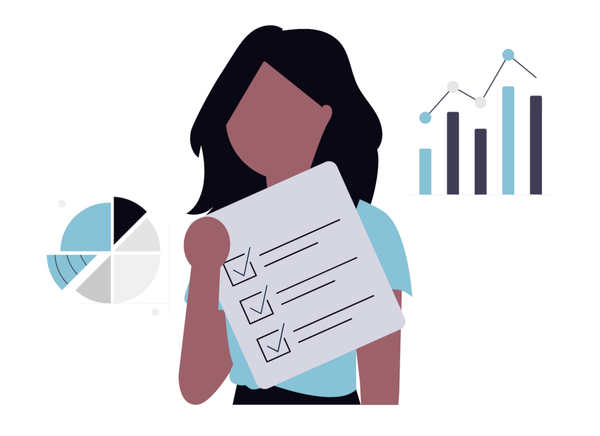Why Programming and Data Analysis Make Investing Smarter

Emotions vs. Logic in Investing
It’s easy to say “buy when others are fearful and sell when others are greedy” - until you see your own portfolio dropping 15% in a week.
Markets run on emotion as much as numbers. Even experienced investors feel fear and excitement when the charts turn red or green. That’s where programming and data analysis become powerful allies. They help turn emotional reactions into structured, rule-based decisions - so you don’t panic when everyone else does.
From Gut Feeling to Data-Driven Decisions
Programming allows investors to translate their ideas into code and test them objectively. Instead of trusting a hunch, you can backtest your strategy on years of historical data. Tools like Python, Pandas, or Yahoo Finance API let you analyze stock trends, dividends, and volatility to find what actually works. If you’re more experienced, you can take it further - connecting to APIs like those provided by Interactive Brokers, building your own algorithmic investing systems, or integrating AI models for pattern recognition and market analysis.
This data-driven mindset is the opposite of emotional investing - it’s about measuring, verifying, and refining.
Building Automated Systems to Avoid Panic
One of the most underrated benefits of programming in investing is automation. You can write scripts to automatically:
- rebalance your portfolio when weights drift too far,
- alert you when a stock’s dividend yield crosses a threshold,
- or even simulate trades before committing real money.
Automation doesn’t just save time - it protects you from your own impulses. You can design your own “emotional firewall,” ensuring that decisions follow logic, not fear.
The Edge of a Data-Driven Investor
Investors who understand data have a real edge. They don’t chase headlines or follow random opinions. They measure drawdowns, correlations, and risk-adjusted returns — and, most importantly, they test their ideas before putting money on the line.
That’s why programming and data analysis have become important investing skills in the 21st century. You don’t need to be a Wall Street quant - just a curious investor who trusts data more than emotions.


